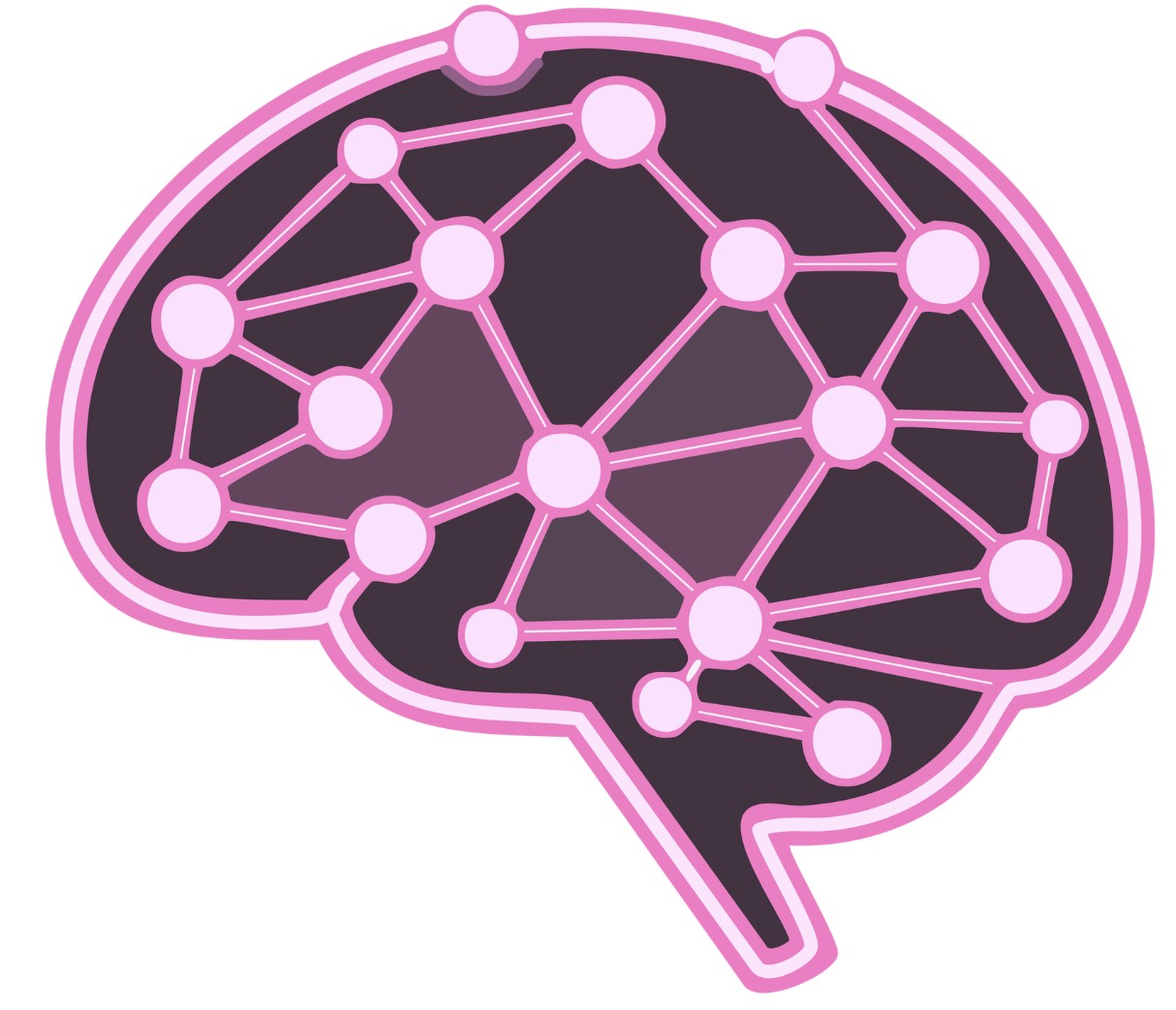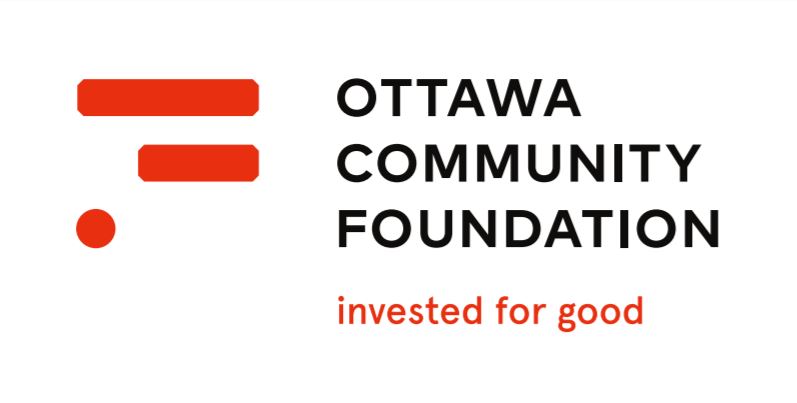How Your Interactions Impact the Developing Brain
Written by Julie Bisnath, BSW RSW
Did you know?
Infants are born with all of the brain cells (neurons) they’ll have for life. What shapes and grows the brain is the amount, and speediness, of the connections (synapses) between these cells. Picture a map—the cities and towns are already established but the best routes in between have yet to be formed. Most routes will do the trick to get you from point A to point B but for sure some are faster, more direct, easier to navigate, etc. The more a particular path is used the better it is and the more you travel from point A to point B the more you learn and understand the most efficient way to get to your destination. The same is true for the brain—the first time a connection is formed between two cells it might be a bit slow but with each “journey” between cells the connection improves—it gets faster and stronger and more efficient. Plus, over time, many more connections are formed. As with the map and roadway analogy, simple brain connections are formed first, followed by more complex pathways and circuits (highways if we follow the comparison above). The pathways we continue to use regularly are reinforced and refined while those we no longer need are eliminated through a process called pruning.

zerotothree.org/early-development/brain-development
developingchild.harvard.edu/science/key-concepts/brain-architecture
Key Facts from www.developingchild.harvard.edu:
- From birth to age 5, a child’s brain develops more than at any other time in life.
- Starting from birth, children develop brain connections through their everyday experiences.
- Brain connections allow us to think, move, communicate—really just about everything.
- In the first few years of life, more than one million new neural connections (synapses) are formed every second, more than at any other time in life.
- Neural connections are built through positive interactions with a child’s parents and caregivers and by using their senses to interact with the world.
- The quality of a child’s experiences in the first few years of life – positive or negative – helps shape how their brain develops.
- Early brain development has a lasting impact on a child’s ability to learn and succeed in school and life.
Home child care providers have a huge role in shaping the brain development of the young children in their care. By providing a caring and responsive relationship and being sensitive to a child’s needs, caregivers nurture optimal brain growth—and support the formation of essential neural connections.
Building neural connections through focused back and forth interactions is called “Serve and Return”.
“Serve and return interactions shape brain architecture. When an infant or young child babbles, gestures, or cries, and an adult responds appropriately with eye contact, words, or a hug, neural connections are built and strengthened in the child’s brain that support the development of communication and social skills.” https://developingchild.harvard.edu/science/key-concepts/serve-and-return/
A child “serves” by showing interest (by looking, pointing, making a sound or expression, using words or actions, etc.) and an adult “returns” by responding with interest. Here are the 5 steps for Brain-Building Serve and Return from the Harvard Centre on the Developing Child:
1) Notice the serve and share the interest.
2) Support and encourage. Return the serve with a word, gesture, expression, or action.
3) Name it. Label what the child is seeing, feeling, or doing.
4) Take turns back and forth. When you return a serve, wait and give the child a chance to respond.
5) Practice endings and beginnings. Recognize when a child is ready to end one activity and start another. Follow their lead and maintain interest.
Watch the short video here: 5 Steps for Brain-Building Serve and Return
When you engage in regular serve and return interactions with the children in your care, you provide the positive stimulation that each brain needs for healthy growth and development. Everyday moments can be turned into serve and return experiences—during play, while reading, enjoying a walk, sharing a meal, and even while getting ready for nap. For many adults, this type of interaction feels quite easy and intuitive. For others, it might take some getting used to. Either way, know that when you notice a child’s “serve” and “return” it with interest and care you are helping to develop the pathways of their “brain map”– neural connections and complex circuits that will last a lifetime.
References and Resources:
Jean Clinton, Love Builds Brains (Tall Pines Press, 2020)
https://www.caringforkids.cps.ca/handouts/pregnancy-and-babies/your_babys_brain
https://www.zerotothree.org/early-development/brain-development
https://files.firstthingsfirst.org/for-parents-and-families/brain-development
https://developingchild.harvard.edu/science/key-concepts/brain-architecture/
https://developingchild.harvard.edu/science/key-concepts/serve-and-return/
https://developingchild.harvard.edu/resources/5-steps-for-brain-building-serve-and-return/
5 Steps for Brain-Building Serve and Return
Thanks to the Ottawa Community Foundation for supporting our initiative “Supporting Mental Wellness in Home Child Care”.

The Ottawa Community Foundation is a public, non-profit organization created by and for the people of Ottawa. It connects donors who care with causes that matter and serves as a trusted resource for addressing issues and leveraging opportunities in the community. It attracts and manages a growing endowment, the invested earnings of which provide grants to charitable organizations.
The Foundation’s role is as neutral broker in support of all charitable causes that contribute to the community’s quality of life. With a growing profile, the Ottawa Community Foundation has built an enviable reputation for astute financial management, high-quality donor services, strategic grantmaking and innovative partnerships. For more information, visit www.ocf-fco.ca.
